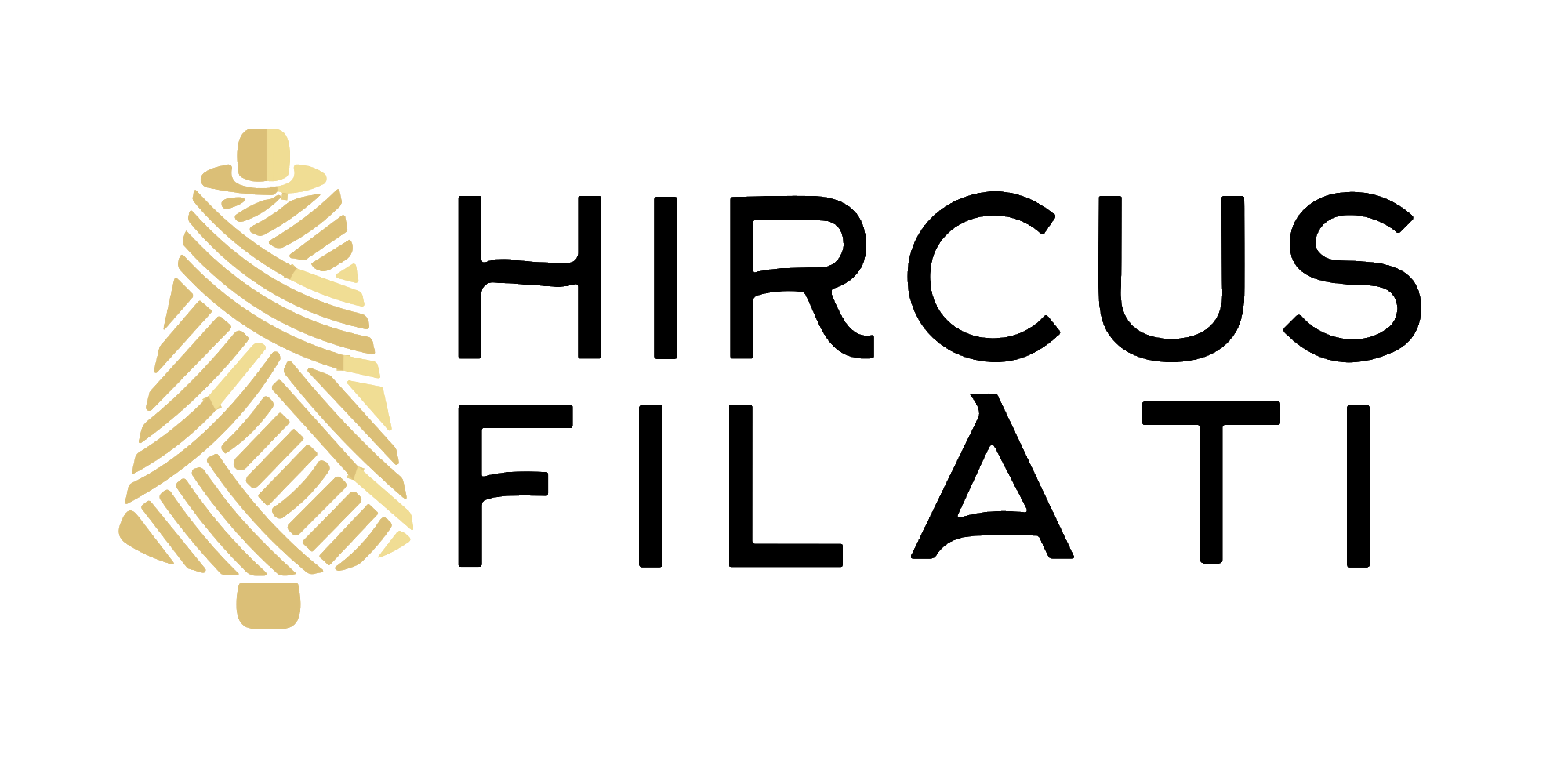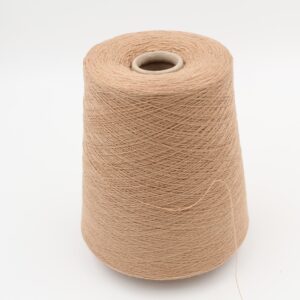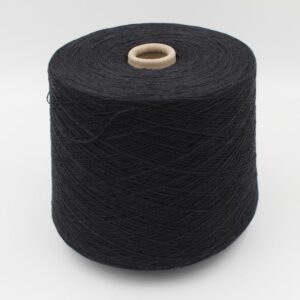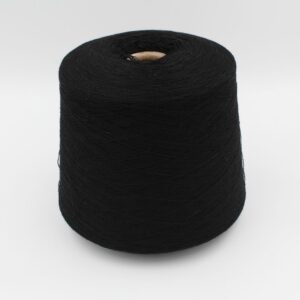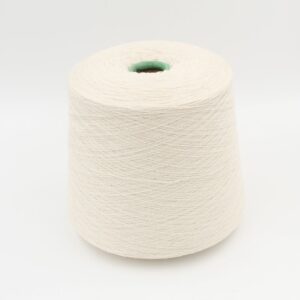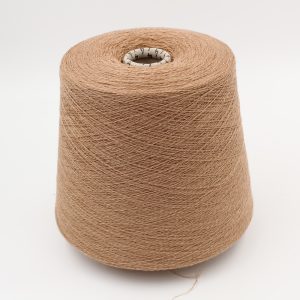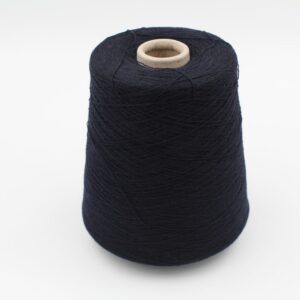No products in the basket.
Wash the Linen
Wash the Linen
We would like to point out that there are substantial differences between the results we are going to achieve with the two types of treatment:
● dry finishing will leave us with a more sustained and more compact product,
● with water finishing we will have a softer and brighter product.
OPERATIONAL TIPS FOR DRY TREATMENT AND FINISHING OF LINEN PRODUCTS
Indicative example of dry treatment on ” Donini D-150 ” machines of kg.25/30 and
about 400 liters of Perchloroethylene.
Load Perchloro Ethylene at room temperature and run the mesh for a period of time that can vary from 1 minute to 6 minutes.
Discharge the solvent and spin the meshes without the Perchloro Ethylene bath for a period of time that can vary from 5 minutes to 8 minutes, depending on the type of mesh stitch and the desired result.
At the end of the treatment, centrifuge and dry.
It is recommended to keep the temperature of Perchloro Ethylene under control, as a few degrees of variation of the solvent temperature affect the final result. Particular attention must be paid to the variation of the ambient temperature due to the change of seasons; in fact, a few degrees of variation are sufficient to have a different result.
Continue finishing with water treatment.
OPERATIONAL TIPS FOR WATER TREATMENT AND FINISHING OF LINEN PRODUCTS
Indicative example of water treatment on “Lavenda” machines of 4/5 kg and about 125 litres of water.
● It is recommended to do a pre-wash with water at about 30°C, using 3 grams of neutral soap for each litre of water, for a period of about 2 minutes.
● Drain the bath and start again with water at a temperature of 30°C, adding 3 grams of soap for each litre of water, treating for a period of 2 to 4 minutes depending on the type of colour, stitch stitch and the desired result.
At the end of the treatment rinse the meshes in water at 30°C.
Do not centrifuge thoroughly and dry the meshes immediately in order to avoid the
crease formation.
Dry at a temperature of 75°C for 15-20 minutes, then continue for 3-5 minutes stopping the hot air flow. We recommend removing the slightly moistened meshes from the dryer to avoid the formation of creases that are difficult to remove with the iron.
Remember that these instructions are only an indication.
If the operation is done on another type of machine, you must consider the possibility that there is a different mechanical action, therefore, in this case, our suggestions may require some variations.
We recommend that you always carry out tests in order to evaluate the result of each colour at the various knitting points.
From the second wash, I advise you to wash by hand in the same way as for cashmere.
WASHING TIPS FOR CONSUMERS
The washing of a linen garment should be entrusted to a trusted laundry for be dry-cleaned, or it can also be carried out in water by hand or in car.
Put the garment in lukewarm water with a mild detergent or hair shampoo (use very little of it), adding some white vinegar in case of scratches or bright colours.
Leave it to soak for a short time, maximum ten to fifteen minutes.
Do not rub it and handle it gently.
● Rinse it patiently several times and with plenty of water, always warm, until the water is perfectly clear.
Do not squeeze it but remove the water by pressing gently.
● Avoid any bleaching with chlorine, if bleaching is necessary, a few drops of white vinegar or hydrogen peroxide will do very well.
Wrap the garment in a sponge cloth to remove excess water.
To avoid the formation of creases, which are often irreversible, do not leave the garment, wet or damp, in an unstretched position for long periods of time. Lay it on a flat surface horizontal taking care to avoid direct exposure to the sun.
Let it dry at room temperature, never near a heat source.
Dry cleaning is especially recommended if the garment is striped, brightly dyed or stained.
Ironing should be done with lukewarm iron, taking care to moisten the garment beforehand by inserting it between two damp cloths. The steam iron can cause damage, and we also recommend ironing linen garments from the reverse side.
